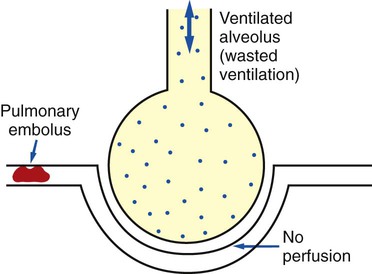
However, MV can contribute to a worsening of the primary lung injury, known as ventilation-induced lung injury (VILI), which could have an important impact on outcome. Mechanical ventilation (MV) is a lifesaving supportive intervention in the management of acute respiratory distress syndrome (ARDS), buying time while the primary precipitating cause is being corrected.

6Department of Anesthesiology and Critical Care, Hospital Clinic, Barcelona, Spain.5Keenan Research Center at the Li Ka Shing Knowledge Institute, St.Negrín, Las Palmas de Gran Canaria, Spain

4Multidisciplinary Organ Dysfunction Evaluation Research Network (MODERN), Research Unit, Hospital Universitario Dr.3Department of Surgical Sciences, Anesthesiology & Critical Care, Hedenstierna Laboratory, Uppsala University Hospital, Uppsala, Sweden.2Intensive Care Unit, Hospital Universitario La Princesa, Madrid, Spain.1CIBER de Enfermedades Respiratorias, Instituto de Salud Carlos III, Madrid, Spain.Hence, Minute ventilation = Tidal Volume X Respiratory rate.Fernando Suárez-Sipmann 1,2,3*† Jesús Villar 1,4,5† Carlos Ferrando 1,6,7† Juan A. The normal respiratory rate is about 14- 18 breaths per minute. The tidal volume is actually the amount of air a person takes during each breath at rest. That is for a 90 kg person the tidal volume would be 900 ml. The normal tidal volume of a person is around 8- 10 ml per kg of weight. The minute ventilation is calculated by the multiplication of the tidal volume and the respiratory rate. The minute ventilation is the amount of air a person breaths in a minute. However, this can be automatically converted to compatible units via the pull-down menu.

Minute Ventilation (MV): The calculator return the rate in milliliters per minute. INSTRUCTIONS: Choose units and enter the following: The Minute Ventilation calculator computes the rate of air breathed by a person in a minute.


 0 kommentar(er)
0 kommentar(er)
